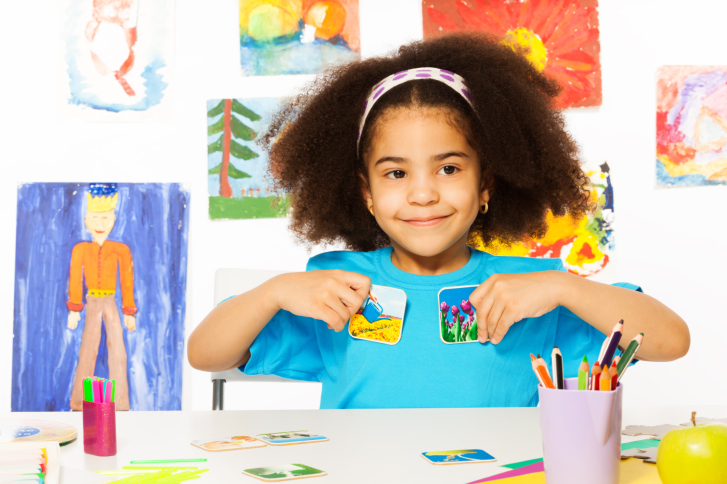Many parents who have children with autism find that decorating their homes in specific ways helps their children with stimming and appropriate expression. A home that caters to the needs of a child with autism becomes a space where both child and parents feel comfortable. Here are a few home interior design ideas that have worked for other families with children who have autism.
Sensory Environment
Every child has different sensory needs and levels of tolerance. This is why every autistic home is different. Color is often associated with mood; it may help to have one room with brighter colors reserved for more noisy activities, like watching TV or jumping on a trampoline, and another room with toned-down colors for calmer activities, like reading or coloring. Soft, natural lighting and lots of pillows and soft furniture may also help reduce over-stimulation. It’s also important to have a designated space for exercise and vestibular activity. Even if you don’t have a whole room, you can still have a trampoline or balance board that can be stored away when not in use. Finally, you may want to designate a room for your child’s special interests. So, if your child loves building, have a whole room full of legos and marble runs.
Work Space
In her books “The Way I See It” and “Thinking in Pictures”, Temple Grandin advises caregivers to use their child’s special interests to direct them toward academic pursuits. For example, if your child loves butterflies, you can set up a butterfly-collecting station with books and flashcards about biology. It’s truly impressive how a child can become consumed with a special interest; a designated work space will give your child a place to happily pursue his or her special interest.
Life Skills Space
Many people living with autism still require assistance in adulthood, even with early childhood intervention. If independent living is one of your goals for your child, then it helps to arrange the house in a way that teaches life skills. Cupboards, shelving, and closets can all be rearranged and labeled so that they are accessible to your child. You can guide your child as he or she learns to wash dishes, do laundry, and prepare certain foods. Breaking these tasks into simple steps is a great way for your child to learn them over time.
The Connections Therapy Center
The Connections Therapy Center is a top therapy center serving families of children and adolescents with disabilities. Our team consists of the leading experts in the fields of pediatric speech, occupational therapy, speech-language pathology, and behavior sciences. We offer intensive, hands-on therapy for children and adolescents as well as resources for families. We are real therapists helping real families with real issues. If you are concerned about your child’s behavior, take a moment to fill out our quick questionnaire. If you’d like to schedule an appointment, call 202-561-1110 (Washington, D.C. office) or 301-577-4333 (Lanham office) or contact us via our website. Want to keep up with our latest news and blog posts? Follow us on Facebook, Twitter, Google+, and Pinterest.

